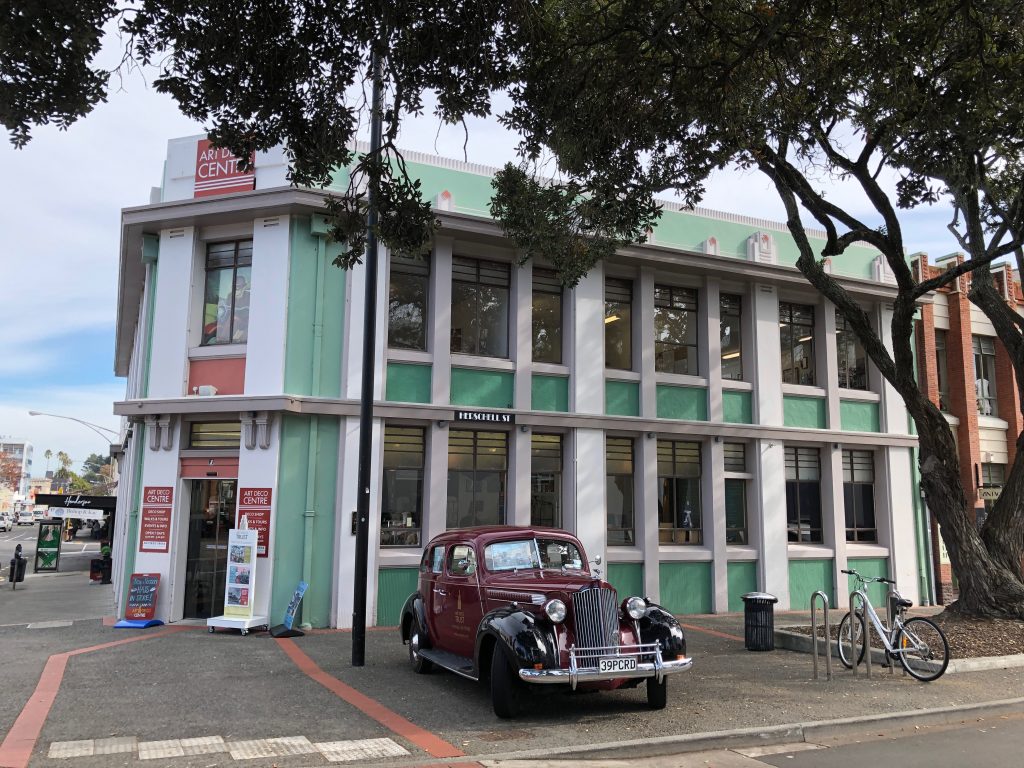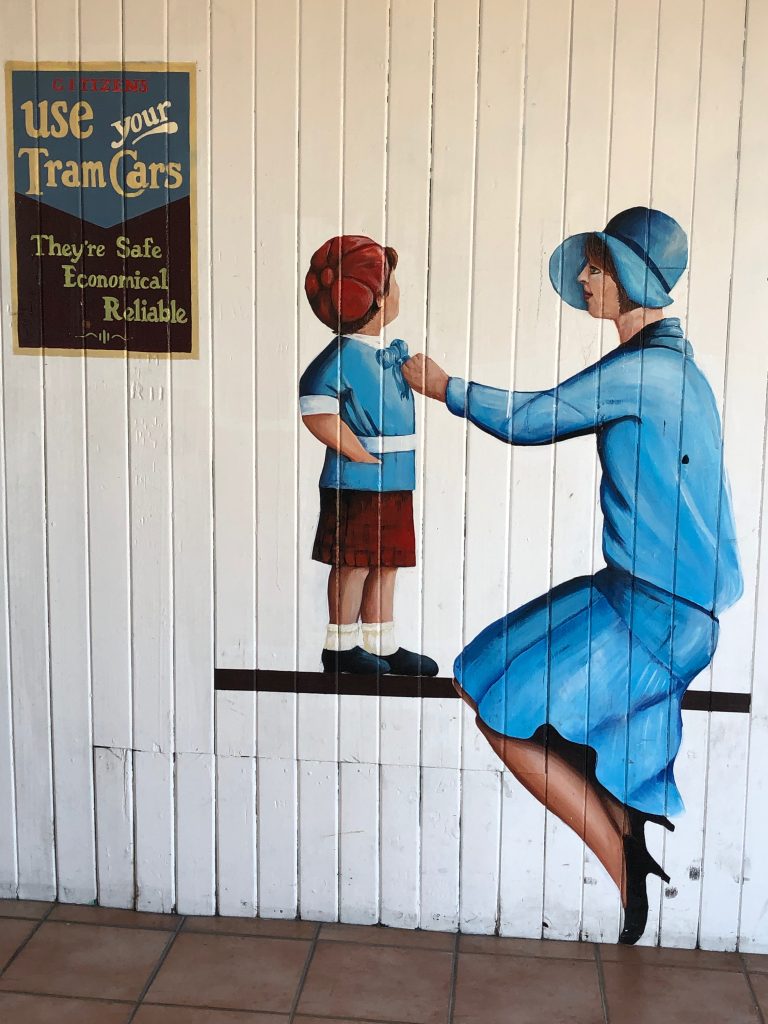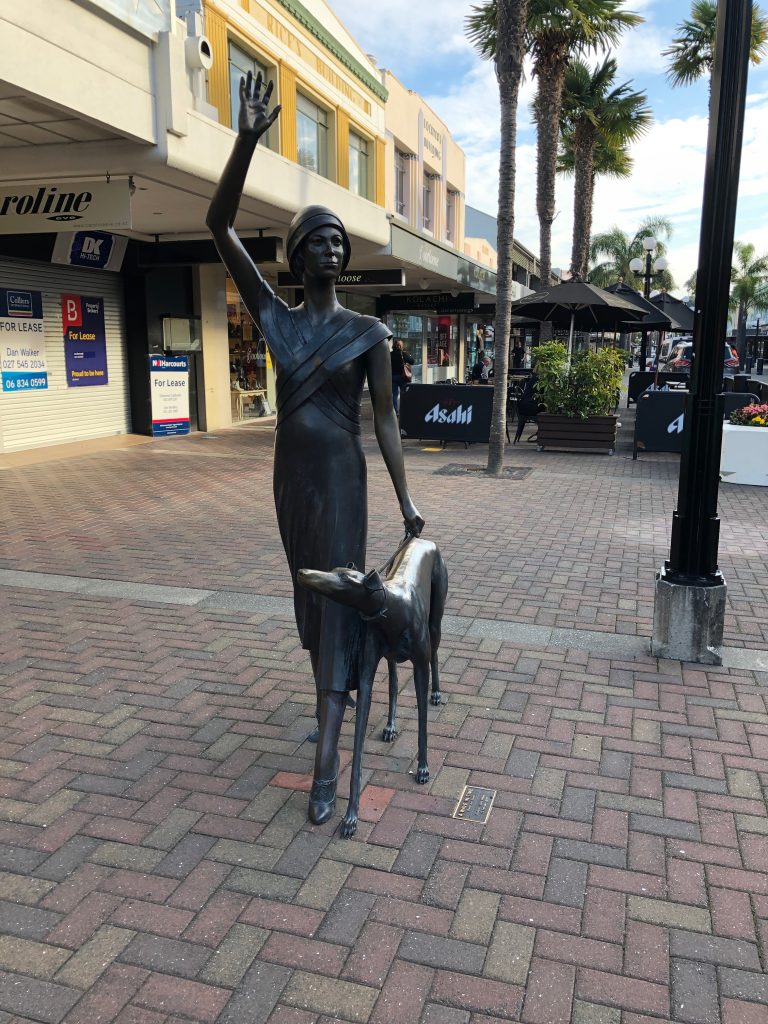
I have been lucky enough to spend a great deal of time in New Zealand, a country that will always be very special to me. The following article appeared in Oberoi Magazine.
On the morning of 3 February 1931, people in the Hawke’s Bay region of New Zealand’s North Island woke to what seemed like a particularly calm day, although the summer heat felt oppressive, as though a storm was brewing. One peculiarity noticed by several residents of the seaside town of Napier was that the sea was a strange colour. As they ate their breakfast or took early morning walks, they were unaware that their life was about to change forever. At around 10:46am, the earth heaved and shuddered. The second shock was even more violent and the earth seemed to rip apart. Freda Sharp, a schoolgirl in Napier, wrote to her relatives in England that “the ground came up in mountains beneath our feet”.
The earthquake, which reached 7.8 on the Richter Scale, lasted for just under three minutes, but it – and the ensuing fires – devastated the region. 256 people were killed and thousands more injured. Throughout New Zealand, many of the buildings had been created by European architects, settlers who had no concept of the need to create earthquake-proof buildings.

Before the earthquake, Napier hadresembled other fairly prosperous New Zealand towns, its architecture a mixture of styles, having grown up and been added to with every new influx of settlers. Immediately after the earthquake, with thousands of people in temporary accommodation and so many surviving buildings now declared unsafe, the town desperately needed rebuilding. While much of the world, including New Zealand, was struggling under the Great Depression, architects and builders were starved of work. There was little money to spare and the lavish building projects of the 1920s had been replaced by the belt-tightening of the 1930s. Napier, however, needed to be reinvented. One of Napier’s home-grown architects was Louis Hay, who was enamoured of the very fashionable style of Art Deco. Hay helped to rebuild Napier meaning that New Zealand now boasts one of the world’s most complete Art Deco towns – and a place where, uniquely, Art Deco design incorporates Maori patterns.

Today, Napier makes the most of its iconic 1930s architecture, a time period still redolent of glamour and glitz – despite the Great Depression. The town’s now-famous buildings draw as many tourists as the nearby wildlife and wineries. Every February, the town hosts its hugely popular annual Art Deco festival, which began as a relatively humble affair in 1989, but now lasts for five days and draws tens of thousands of visitors every year. It’s one of those occasions where people notin fancy dress are the ones who look ridiculous. People aren’t the only attendees to arrive in droves: magnificent vintage cars are shipped by enthralled owners from all over the world, just so they can take part in the parade.

Whatever time of the year you visit, you can join an Art Deco walking tour, or enjoy a journey around the town in a stylish Art Deco-era car, both of which are run by the Art Deco Trust. There are also self-guided walks and driving guides for the region – and if you’ve hired a car, travel on to Hastings, 20 kms from Napier, which also boasts its own post-earthquake Art Deco buildings.
The region is also rightly famed for its wineries. Hawke’s Bay is New Zealand’s second-largest wine-producing region, and one of the oldest wine-growing areas in the country. The first vines were planted here in 1851, by missionaries. Since then almost 40 wineries have grown up in Hawkes Bay. The region also has beaches, wetlands, hiking trails and it boasts the world’s largest and most accessible mainland gannet colony: the fabulously named Cape Kidnappers.

Amongst the historic buildings to be visited in Napier are the Daily Telegraph building, the National Tobacco Company Building, the Masonic Hotel, the ASB bank, and the Art Deco Centre (formerly the Napier Fire Station), which is where the Art Deco tours begin. When you’re walking through Napier, along the pretty walking and biking trail known as Marine Parade, you will also discover a fascinating stucture: the Soundshell. Its design was inspired by the glamour of 1930s Hollywood. The Soundshell was built in 1935 and became a centre of town life and especially of teen life, because its collonaded courtyard provided a dancefloor that doubled as a rollerskating arena. Walk a short distance from the Soundshell to find the tourist information centre, where you can book winery tours, wildlife tours – and encounter possibly the world’s most friendly tourist information staff.

To find out more about Napier visit https://www.napiernz.com
To find out more about visiting New Zealand go to https://www.newzealand.com